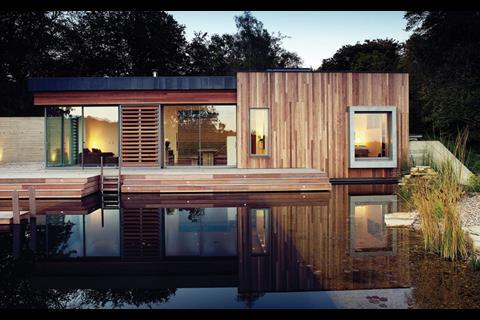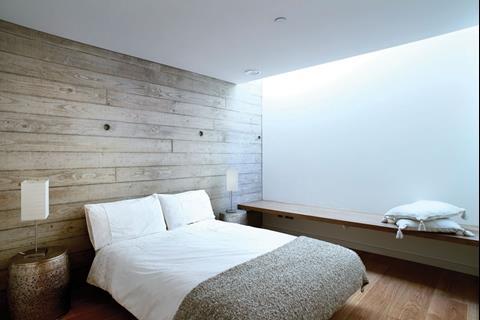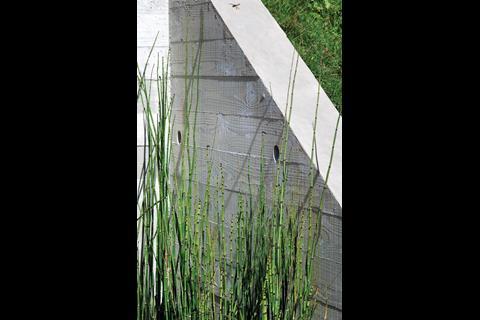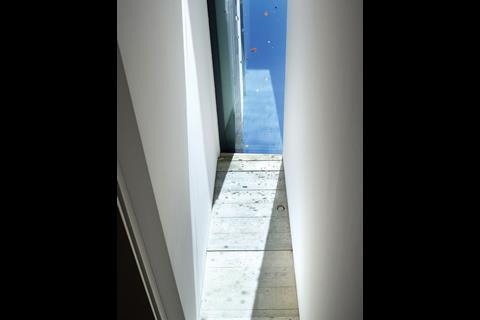This New Forest residence makes a minimal impact on the environment and the view. Of course, that doesnŌĆÖt have to mean going without a swimming pool. Thomas Lane goes down to the woods to investigate
his house is proof that living in a woodland retreat need not mean a hermit-like existence in a rude hovel made from logs strung together with wire. Hidden in the New Forest, it is
The private house was designed by Perring Architecture + Design, and was intended to make a minimal impact on this ancient woodland site, which also happens to
be a site of special scientific interest. To keep it low on the horizon there is a basement sunk into the ground that is used for storage. On the ground floor, the dwelling comprises two wooden-clad boxes separated by a central glazed section. One box is connected to the house and contains the master bedroom; the other, containing a guest bedroom, is separate from the main house. The glazed area contains a large kitchen diner and living space. This faces south to maximise solar gain in the winter and there are external shutters to keep things cool in the summer.
The house is constructed from a long, concrete spine wall running the length and height of the property. Soil that was scooped out to form the basement and natural swimming pool was piled up behind this wall to help with insulation and add even more thermal mass to that provided by the concrete. The concrete walls are left exposed and were built using shuttering made from locally sourced Douglas Fir.
As you would expect from such an ecologically sound building, the house has a green roof, is highly insulated and is heated with a fireplace and a wood-burning stove that also heats the water. In addition, there is a ground source heat pump for extra heating and solar thermal panels for hot water. There is even an outdoor Japanese bath that is also heated with a wood-burning stove, and water is supplied from a well.
The house is also airtight and features mechanical ventilation with heat recovery.
All this adds up to carbon emissions of 21.92kg carbon dioxide/m2/yr which is a third of a typical UK house. Proof, then, that you can live in style without trashing the environment.































No comments yet